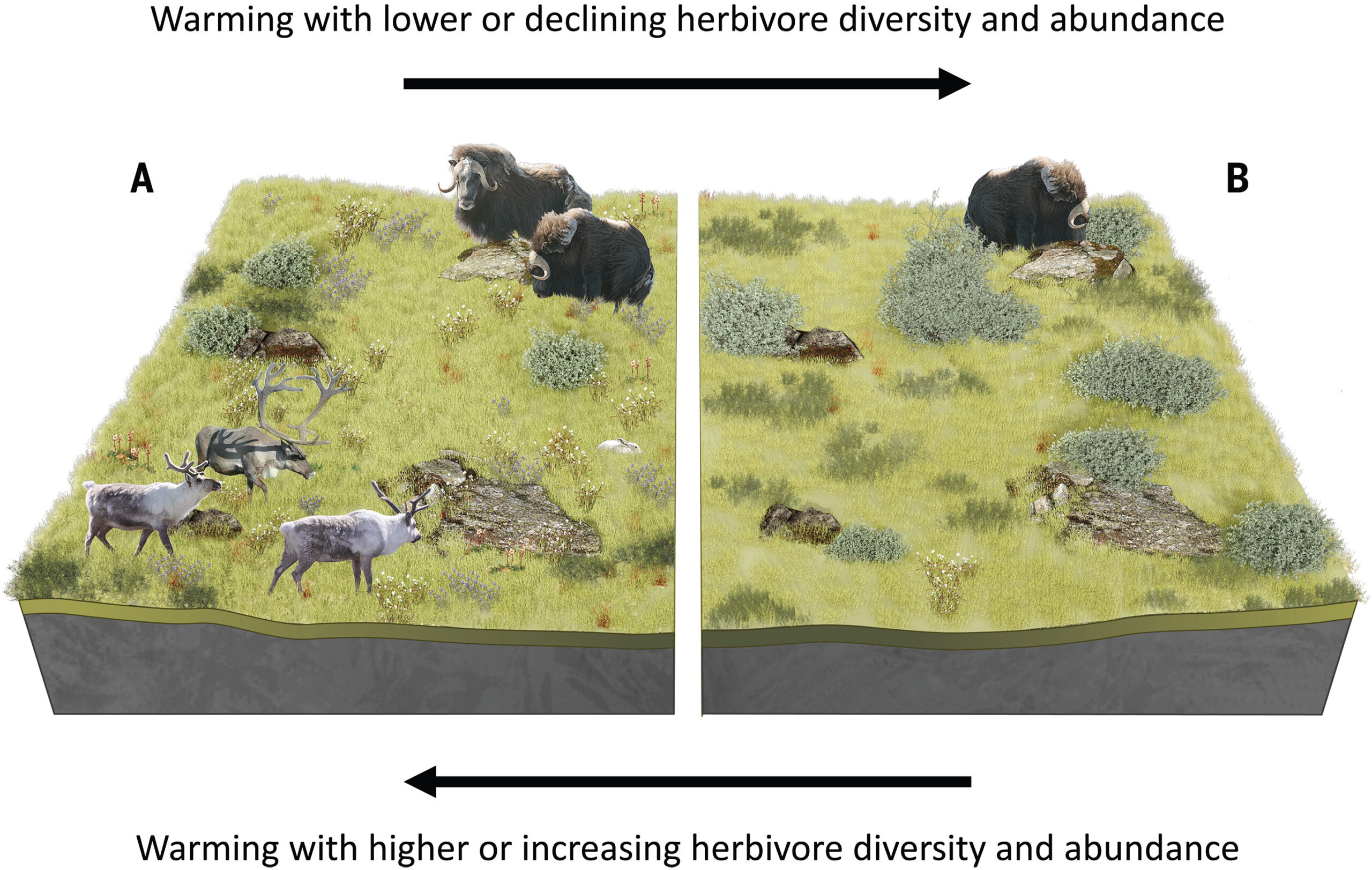The Center for Biological Diversity petitioned the U.S. Fish and Wildlife Service today to protect a rare Arctic plant called the Alaskan glacier buttercup under the Endangered Species Act.
The buttercup is found only in the Kigluaik Mountains on the Seward Peninsula in Western Alaska. The Arctic flower is imperiled by climate change, facing threats from increased precipitation, rapidly warming temperatures and extreme weather events. The Arctic is warming four times faster than the rest of the planet and recent modeling has shown that many Arctic plants may lose all their suitable habitat as soon as 2040.
“Climate change poses an existential threat to the Alaskan glacier buttercup and so many Arctic plants and animals,” said Cooper Freeman, Alaska representative at the Center. “Without more protections, I’m afraid much of the Arctic’s unique and special biodiversity, like the Alaskan glacier buttercup, will quietly fade into extinction. We can’t let that happen.”
Potential mining activities in the Kigluaiks, including the proposed Graphite One mine and haul road, also threaten the plant and its limited habitat. The mining company has not completed plant surveys and has not announced plans to conduct them. Graphite is a common component in electric vehicle batteries and the Biden administration has been advancing the project despite opposition from Alaska Native Tribes in the area.
Other threats to the flower from increased activity in the area include invasive species, off-road vehicles and human trampling, which would be exacerbated by the proposed mining road bisecting the mountain range.
Scientists consider the Alaskan glacier buttercup (Ranunculus glacialis subsp. alaskensis) to be imperiled to critically imperiled in Alaska. There are currently no specific protections for the plant.
Much of the Kigluaiks, excluding the Graphite One mining claims on state land, are protected from industrial development by the U.S. Bureau of Land Management. The Biden administration is considering removing these protections, called D1 withdrawals, which could enable mining activites across the glacier buttercup’s range.
“This small but rugged plant is an example of what we stand to lose if we allow the Arctic to be torn up and bisected by huge mines and haul roads,” said Freeman. “We have to reject the false choice between a renewable energy transition and preserving the most remarkable places on the planet. If we aren’t careful, we’ll end up with an Arctic devoid of the plants and wildlife that make the region so special and vibrant.”

The Center for Biological Diversity is a national, nonprofit conservation organization with more than 1.7 million members and online activists dedicated to the protection of endangered species and wild places.





Can you be more specific about the content of your article? After reading it, I still have some doubts. Hope you can help me.